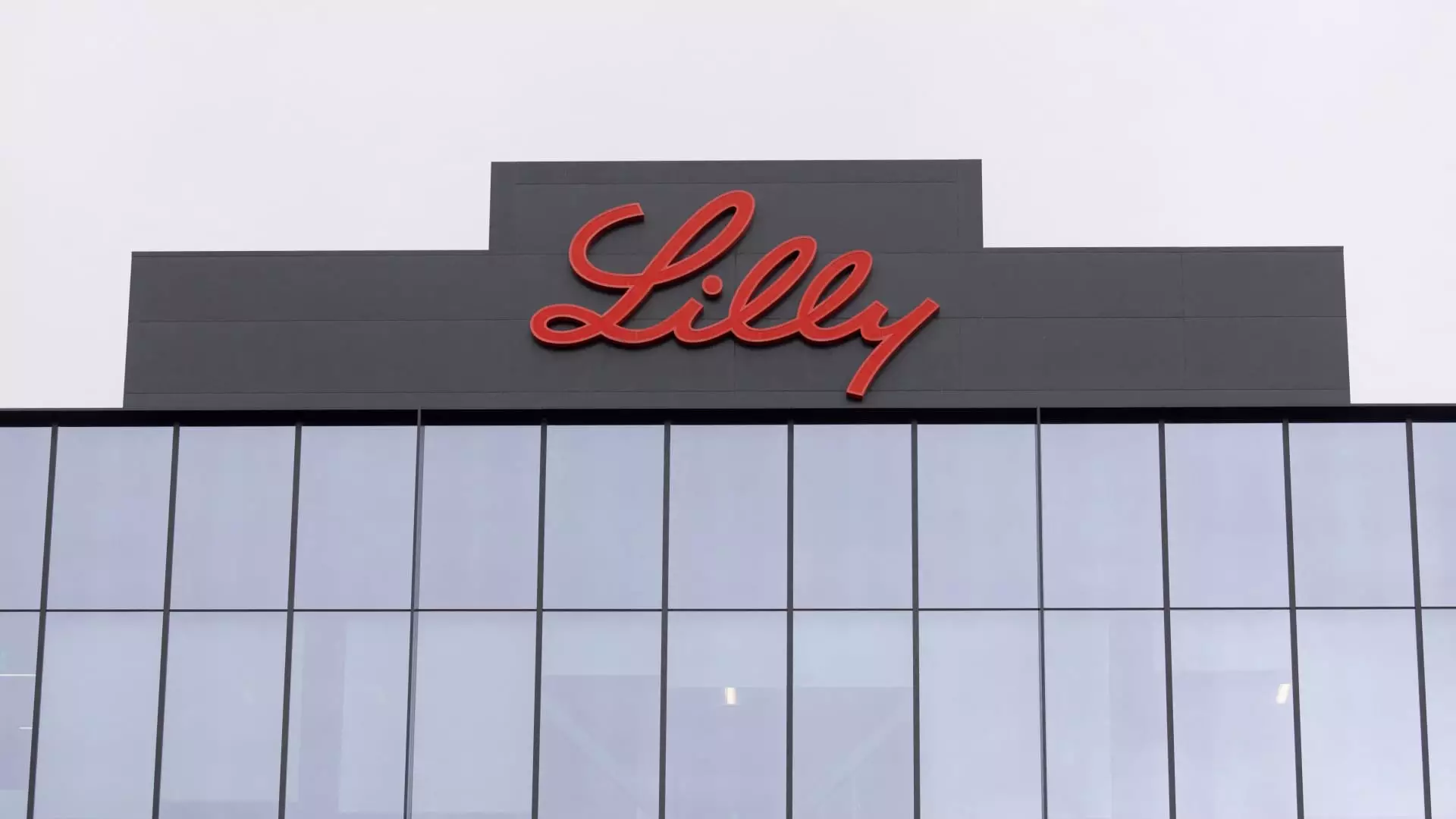Eli Lilly’s recent earnings report has sent shockwaves through the financial markets, with the company failing to meet profit and revenue targets for the third quarter. This shortfall resulted in a sharp decline in its stock price, falling approximately 10% as investors reacted to the disappointing figures. The pharmaceutical titan has been riding high after the remarkable success of its weight loss drug, Zepbound, and diabetes treatment, Mounjaro; however, recent sales figures have raised eyebrows and sparked concerns regarding the sustainability of this success.
Challenges in Drug Sales and Revised Guidance
The sluggish performance of Zepbound and Mounjaro can be attributed to unexpected reductions in inventory within the wholesale channel. This inventory management issue has forced Eli Lilly to adjust its full-year adjusted earnings guidance downward, now predicting earnings between $13.02 and $13.52 per share, a significant drop from earlier forecasts of $16.10 to $16.60. Such drastic alterations in profit expectations can undermine shareholder trust and instigate further volatility in the stock.
Moreover, Eli Lilly reported a staggering $2.8 billion acquisition-related charge, which the company indicated significantly impacted its quarterly results. This charge could be indicative of broader complexities in the company’s financial strategy or may reflect challenges faced in integration and execution following acquisitions.
In terms of revenue, Eli Lilly recorded $11.44 billion for the quarter, a 20% increase year-on-year, yet this figure fell short of the anticipated $12.11 billion. As the company recalibrates its revenue expectations, it now projects a range of $45.4 billion to $46 billion for the year, down from a prior estimate of $46.6 billion. The discrepancies in sales forecasts may signal a changing market dynamic that reflects not only company-specific challenges but also broader industry trends.
Despite the setbacks, the demand for Eli Lilly’s incretin drugs reveals a more complex picture. Both Zepbound and Mounjaro have seen immense popularity, resulting in significant supply shortages. Recent assessments have shown an easing of these constraints, with the FDA indicating that most doses are now available. However, there remains a cautionary note, as patients may still encounter difficulties when filling prescriptions at specific pharmacies. This ongoing struggle with supply logistics sheds light on the challenges pharmaceutical companies face in balancing production with consumer demand.
Navigating Future Challenges
As Eli Lilly moves forward, the company must not only address immediate financial concerns but also adapt to a rapidly evolving market characterized by fierce competition and changing consumer behaviors. The success of its drug portfolio may hinge on its ability to streamline operations and stabilize supply chains while improving public perception and investor confidence. With formidable rivals like Novo Nordisk also vying for market share, Eli Lilly’s strategic responses in upcoming quarters will be closely scrutinized as stakeholders seek clarity and direction in this turbid financial landscape.
While Eli Lilly has experienced notable growth in recent years, the recent earnings miss serves as a stark reminder of the volatility inherent in the pharmaceutical industry, emphasizing the necessity for agile and proactive management strategies to navigate future uncertainties.

Leave a Reply